Microwaves - we've all heard of the health concerns, but would our lives really be the same without them?
Whether it's microwavable packet rice you're sneakily using for your dinner party, or reheating a coffee you were too busy to drink, microwaves definitely come in handy.
They may be convenient, but that's not to say we should use them all the time. Most of are aware of the supposed detrimental health effects that go hand in hand with microwaving food. The process of microwaving can reduce nutrients, increase carcinogens and even cause fires.
Some things are pretty safe to microwave, but others can be a real danger to both our own health and surroundings. Here are 15 things you should absolutely, NEVER, microwave.
Before you're bowled over by things you should NEVER microwave, sign up to the Expert Home Tips newsletter to get all the best home hacks, living tips, competitions and more.
1. Are Microwave 'safe' dishes really safe?
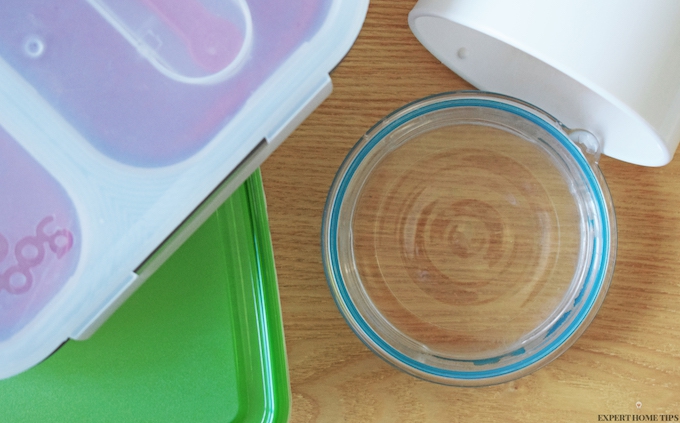
This one may come as a bit of a surprise. It turns out microwave 'safe' dishes may not be all that safe at all. Frederic vom Sall, a world expert on Bisphenol claims that, 'there is no such thing as safe microwaveable plastic.'
This is because when you heat plastic, it releases chemicals - also known as 'leaching'. These chemicals are released into food, making them toxic.
The best way to reheat food, therefore, is by avoiding plastic completely, microwave safe or not. Stick to microwaveable plates and bowls to avoid toxic chemicals.
2. Don't microwave eggs
One of my favourite cooking hacks for high-protein breakfasts on rushed mornings is making scrambled eggs in the microwave. Zap the mix for a minute or so, and you'll get great results.
The same should not be tried with boiled eggs, however. Try and cook an egg in its shell in the microwave, and you could get a nasty surprise. The pressure can build up inside the egg, causing it to explode. While this will save you mashing it ready for egg mayo, it will also make a mighty fine mess!
3. Dry sponges should never be microwaved
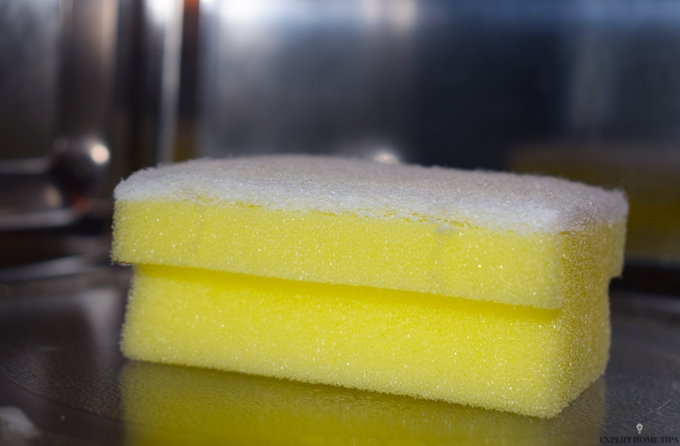
If you're a regular reader of Expert Home Tips (and you really should be), you'll know that our favourite way to kill germs on your kitchen sponge fast is in the microwave.
One KEY thing to note, however, is that the sponge must be dampened first. Microwaves are extremely powerful, and the dry texture of a sponge can easily catch alight.
4. You shouldn't microwave frozen meat
The best way to defrost frozen meat is, of course, to let it thaw naturally through the course of the day. How many times do we forget to do that, though?
Throwing frozen meat into the microwave to make up for this morning's blunder may not seem like the end of the world, but it could end up a disaster. Microwaves are designed to cook food quickly - defrosting requires a slow increase of temperature.
The power of the microwave could end up actually cooking the meat, which can lead to a multiplication of bacteria.
5. Take-out dishes should never be microwaved
You may think there's no harm in quickly reheating your Chinese takeaway - how wrong you'd be. Most takeaway containers are made from or contain metal - a big no-no if you're using the microwave.
Unlike food, metal cannot absorb the radio waves emitted by a microwave. Instead, they reflect them. This is all well and good when the metal is flat (microwaves are actually lined with metal to prevent radio waves from being emitted), but when it is irregular in shape, they are unable to withstand the levels of energy and heat up until they ignite.
It looks like there is some reasoning behind the 'no-metal' myth after all!
6. Don't microwave this unless you want to get scalded!
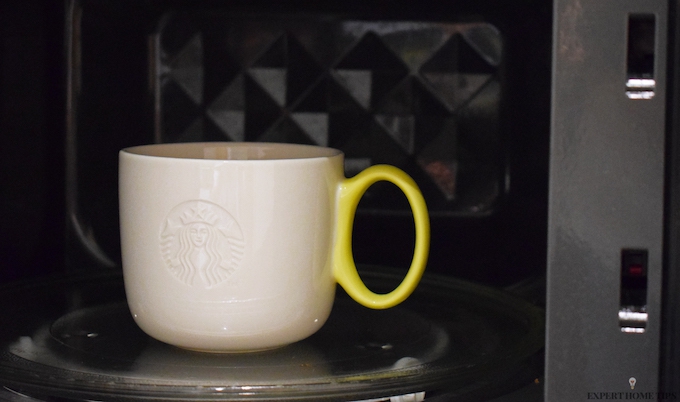
I've already mentioned microwaving forgotten coffees. Despite them being water-based, water alone reacts surprisingly differently.
Water can be heated to the boiling point in the microwave without actually bubbling. This is particularly common in very smooth containers, where bubbles have nothing to attach onto. Unable to release heat energy, the water will become, 'superheated'. Then, when something is added, such as a teabag or coffee granules, there will be a rapid and forceful eruption of energy, causing the water to blast up.
Watch this YouTube video to watch it happen in real life.
7. Why breast milk should never be microwaved
You want to give your baby nothing but the best, right? Then you should really avoid heating breast milk in the microwave.
The Journal of Pediatrics found that breast milk heated in the microwave showed 18 times higher E-coli growth than that heated using another method - yikes!
8. Microwaves ruin broccoli's benefits
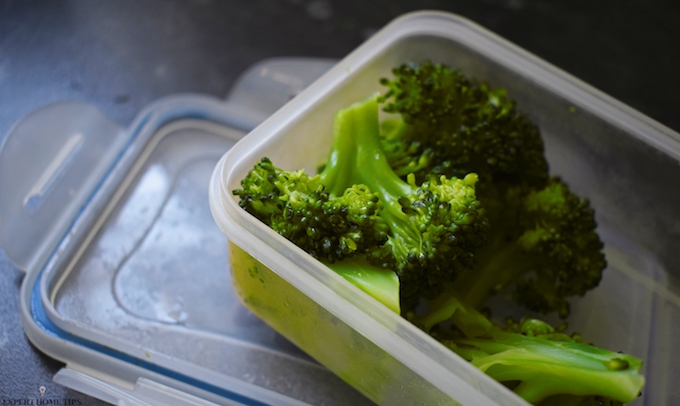
Broccoli is a truly wonderful vegetable. Full of vitamins K and C, potassium, folic acid and fibre, it's a great food source to include in any balanced diet.
Make sure you reap the benefits of broccoli by cooking it strategically. Steaming, which is considered the 'healthiest' cooking method by most of us, still causes a loss of around 11% of nutrients.
Microwaving, however, does much more damage. The Journal of the Science of Food & Agriculture found microwaving broccoli with a bit of water resulted in a loss of 97% of its antioxidants - a truly astonishing result.
It seems like steaming is worth the extra effort, after all.
9. Hot peppers are fiery - literally!
Can you stand spice? The microwave certainly can't!
This YouTube video shows a Jalapeno pepper being microwaved, and the subsequent fire - yes, fire. So there really is some reasoning behind sticking to mild and creamy curries after all.
10. Don't microwave processed meats
We know processed meats aren't exactly 'good' for us. Add the effects of a minute in the microwave to that, and they become even worse.
Processed meats contain cholesterol oxidation products, which are linked to the development of coronary heart disease. In a study by Food Control, it was found that microwaving processed meats increased the number of COPs present.
11. This is why cling film should never be microwaved
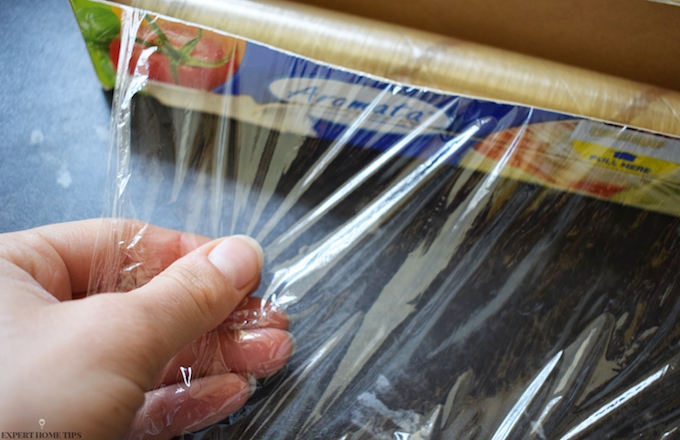
Can you or can't you microwave cling film? Similarly to plastic containers, some cling film is deemed 'microwave safe'.
This means no kind of dreaded, microwave explosion will happen - the cling film will not melt or set alight. Just like 'safe' containers, however, it doesn't guarantee that chemicals from the plastic film will not leach onto food.
12. Don't microwave fresh herbs for this reason
Fresh herbs are better than dry, right? Perhaps for flavour, but definitely not as far as microwaves are concerned.
Fresh herbs contain very little water. The low water content and dry nature of herbs mean they're at risk of igniting when microwaved on high power. To stay safe, ensure to immerse yours in liquid - be that sauce or water - before exposing to radio waves.
13. Microwaving nothing is perhaps the biggest mistake of all
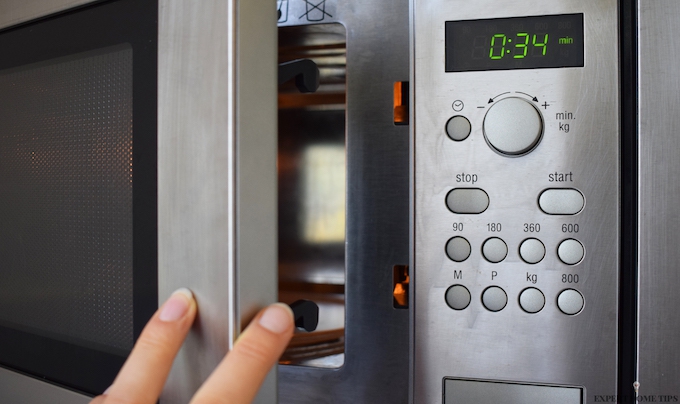
We've all done it - accidentally pressed 'go' on the microwave without actually putting our dinner inside.
If you correct your mistake quickly, chances are no serious damage will happen. Leave it for more than two minutes, however, and the microwave won't be able to absorb all those radio waves designed for food.
In a well-made microwave, this could result in a fuse breaking. In a poor-quality microwave, the plastic may actually ignite and burst into flames.
A reason not just to check your microwave contents, but invest in a decent appliance too.
I'm glad I found out about some of these before it was too late. Have you ever had any bad experiences when using the microwave?
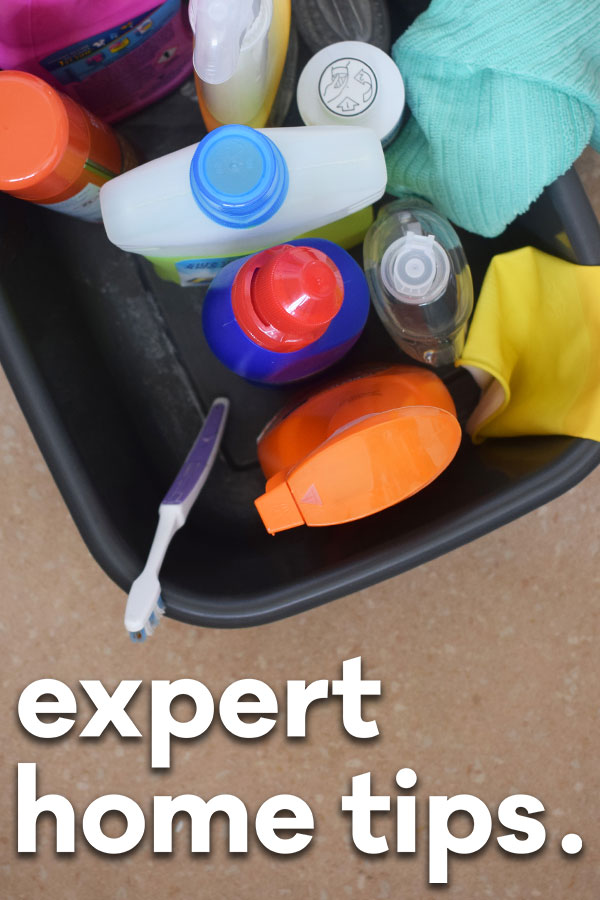
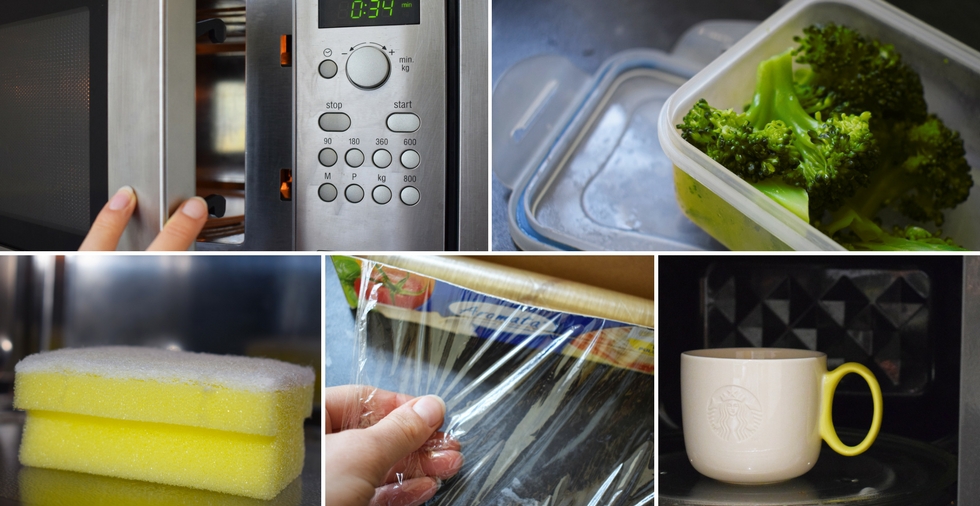
Interesting article. Many thanks for explaining 'why' as well.
Hi Vera. Glad you enjoyed the article! Hope you've learnt a thing or two :)
Hi there ?♂️I enjoyed reading that not does in the microwave it's quite educational and helpful to learn great new things / ideas cheers take care from John have a good day
Thanks for the kind feedback, John!
I recently tried the microwaving a popped-yolk egg in a mug in the microwave to put into a muffin - when I opened the microwave door and took out the mug, the egg exploded up into my face (and the ceiling, fridge door, kitchen window...) - I had burn (scald?) marks on my face and neck for nearly a week. Give it a minute or two after it's pinged before you open the door!
Hi Elaine. Gosh, that sounds awful! I have microwaved scrambled eggs and eggs mixed with bananas to make mug cakes many times without any problem. It must have been the pressure on the egg yolk's seal that caused it to explode. Hope you've recovered now! :)
Hi Stephanie, what about vegetables that are in a plastic package (usual 4 packs mixed veg) ?
Hi Sandy. What kind of packets are the vegetables in?
Hi Stephanie, I have a microwave but I seldom use it, I'm not overly happy with irradiated food but a couple of things I DO heat through in the microwave are things like baked beans or tinned tomatoes, however, to avoid unwanted explosions, I heat them at a LOW power setting (maximum of 30%) for a couple of minutes, then stir them and if they need heating a bit longer then I repeat the process. As to covering items, my preference is to place a plate or a saucer over the top depending on the size of bowl I'm using and cook on a low setting, that way, the plate (or saucer) does not seal the container and allows steam to escape, again, I prefer to use lower power settings and heat for a bit longer to avoid explosions. If I MUST use cling film, I pierce the film in several places, that way steam can escape and when things start to cool, the cling film does not "vacuum" into contact with the food, however, it doesn't entirely stop chemical nasties such as Bisphenol-A from leaching into the food from condensing steam but it does reduce the risk compared to contact with the food. Similarly with scrambled eggs, about the only thing I actually COOK (rather than just heat) in the microwave, I cook them until they start to rise (like a souffle), stop the cooking, stir the eggs thoroughly and repeat the 20 second process until cooking is complete and I NEVER use cling film with scrambled eggs. The warning about super-heating is very valid, particularly if the liquid being heated contains sugar and if you're cooking whole, shelled eggs, shelled obviously, make sure you pierce the yolk sac with a needle or a pin before cooking. Just my thoughts on the matter (as usual!)
Hi Donatello. From what you have said, it appears you have a very good system with regards to microwaving. You're wise to limit your use, and opt for reheating rather than cooking. The only thing I would say is to take care when using clingfilm. Always use cling film that states it's microwave safe and avoid using plastic at all whenever possible.
Just wondering if it's OK to microwave plates with no food on them so that they heat up ready for serving meals on, only I've often done this for convenience.
Hi Maria. It's not recommended to microwave anything empty, be that a plate, mug or container. This is because the waves are designed to penetrate objects containing water, i.e food. This can damage your microwave, items and even lead to fire - take care.
You can microwave plates to heat them up, just make sure that there is a film of water on each one.
That's a good idea, Sheila!
My daughter rang me from Uni a couple of years back asking if she could microwave a tin of soup. I nearly died! Glad she asked first. Haha☺
Hi Jo. This one really made me laugh - thank goodness for Mums hey! Thanks for sharing :)
I have never thought to look if the clingfilm is suitable for the microwave, some great tips thank you.
You're welcome, Jean!
So, basically.....don't use a microwave! So many of these things I do..............sigh*
The more you know!
When my kids were small I put some hot dog sausages on a plate to heat up to make hot dogs for their tea. As there was a spare sausage I picked it up and bit it. The sausage exploded in my mouth causing bad burns in my mouth and throat. I rarely use my microwave any more. Thanks for your tips some really good ones there Suzy
Thanks for sharing, Suzy! I've also had sausages explode after microwaving.
This is definitely food for thought...I microwave broccoli...not anymore.
The best advice I was given for microwaves when I had my first one was to always leave a microwaveable cup of water inside when not in use.
Hi Lesley! What does this do?
When heating tinned soup, I pour it in a bowl and put a plate on top and heat it for 2 minutes , check it and give it a stir , put it back in the microwave for another minute
Thanks for sharing! Keep in mind that when using a plate as a lid, it may not provide a tight seal, which could allow steam to escape and increase the risk of splattering. To prevent this, you could use a microwave-safe lid or wrap to fit securely over the bowl and allow steam to escape through vents. If you use a plate as a lid, handle it carefully, as it can become hot from the soup's heat. Use oven mitts or a kitchen towel to remove the plate from the bowl, and be careful not to spill any hot soup when removing the lid.
Never microwave my gone cold ? coffee add some ice cubes s little ice ? a yummy treat for working so hard
That sounds amazing!
Microwave safe cling film has been used for reheating food in microwaves for decades. It's perfectly safe - they just recommend that there's a gap so the film doesn't touch the food. However, boiling water vapour will obviously touch the film and drip back down on to the food anyway. Scientists have assessed any chemical transfer as being safe. The only real danger is steam burns to the hands when you remove the film - so use a knife if the food's not needed to be put back in the microwave for longer.
Thanks for sharing your thoughts!
Good source of information
Thanks, Mac!
So what is the verdict on using the specifically designed, “plastic”, Microwave Covers which fit over plates and bowls, etc. . !??? I invested in those many years ago and then stopped using cling film, even the “microwave -safe” variety. I have them in various sizes, so they fit over the food in containers, without touching the food…, but now you write that the condensation which drips back onto the food, will contain plastic leached properties. . . .? I have also microwaved my Broccoli for many years. . . How about all those baby bottles which have been heated in Microwaves worldwide !!!!!??? Have that entire generation been fed dangerous plastic derivatives and are now harbouring serious diseases coming to light in the future. . .??? So BPA Free, is a myth is it?
While there is an ongoing debate on the safety of using plastic microwave covers, the heat and steam generated during microwaving may cause chemicals to leach from the plastic into the food, especially if the plastic is old, scratched, or damaged. Therefore, opting for BPA-free and microwave-safe glass or ceramic containers is recommended.
With regard to nutrient loss from steaming broccoli - (item 8 in your blog), or indeed any vegetables, you can recover SOME of the nutrients by using the left over liquid to make gravy or other sauces. Personally I much prefer to steam vegetables rather than any other method of cooking and use the resultant vegetable stock (the left over liquid) for gravy and for soup.
Lovely idea!
We don't microwave much and usually it's for re heating food. But I was an 80's child and my parents bought all the instructions and cook books on microwave cooking so I learned right away the correct way of doing things in a microwave that said: only ever started a fire once in the microwave - my son tried to defrost bread in the microwave: he forgot the twist tie had metal in it. Plus I had to explain defrosting bread is not a good idea. Defrosting on the defrosting setting can still cook things. Anyway, When I reheat things I was taught to always take it out of the container and stick it on a plate or in a bowl - that is what I do. Always stir at least once and let sit a minute after it dings. :)
Great tips!
Can I microwave chopped celery for a few minutes safely before adding to a casserole that will be baked?
It needs to be eaten immediately after cooking, so it depends on how long it will be before you add it to the casserole.
Thank you so much for this information
You're welcome!
Any thoughts about browning microwave dishes? I had one, but junior dog knocked it off the peninsula onto a (metal) dog bowl and shattered it. I was going to buy another one, but not if you have a horror story! BTW, most microwaves are dual oven/grill and you can cook eggs in an oven by using a muffin tin (with a tiny bit of butter if not non-stick). Delicious, and no mess or having to get the frying pan out!
Browning dishes are made of materials that absorb microwaves to brown or crisp the surface of your food. As for horror stories, I haven't heard of any dangers associated with browning dishes in the microwave. However, it's always a good idea to be cautious when using any cookware, especially when microwaving.
What is the reaction of a foil paper in a microwave?
Putting aluminium foil in a microwave can be dangerous and cause sparks or fire. The foil reflects microwaves, leading to a buildup of electrical charges and potential arcing. It's best to avoid putting foil in the microwave and use microwave-safe dishes instead.
Also never put Mushrooms in the Microwave they explode
It's true, mushrooms can explode in the microwave! The moisture inside mushrooms creates steam, leading to potential explosions. To avoid this, cooking mushrooms using other methods, such as sautéing, grilling, or baking, is best.